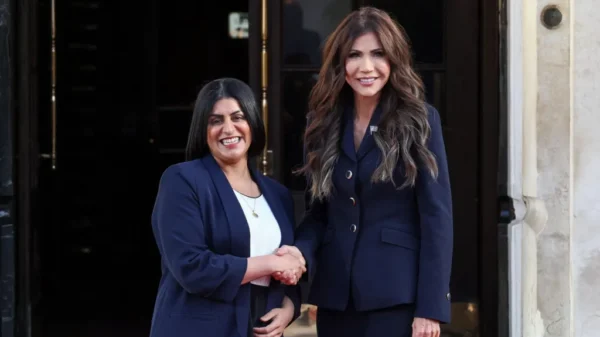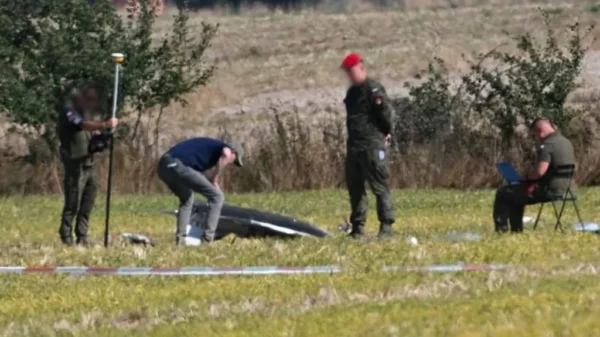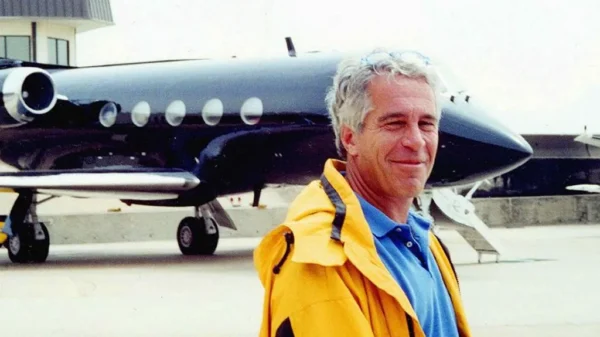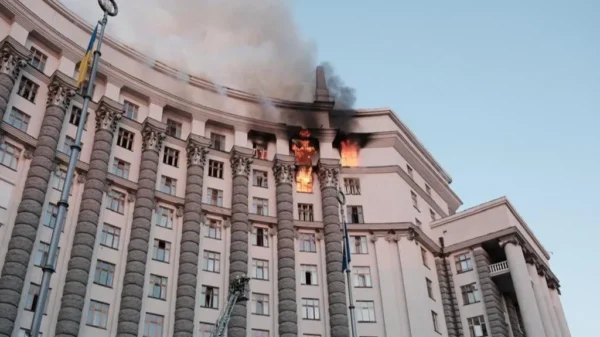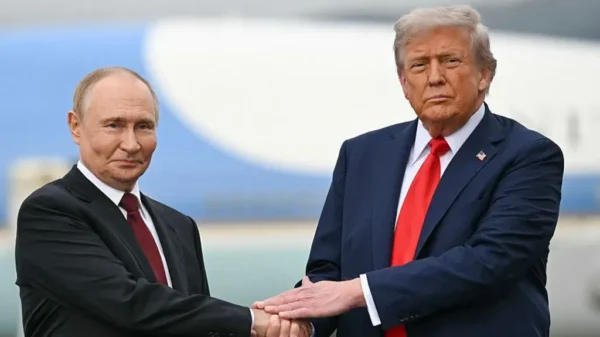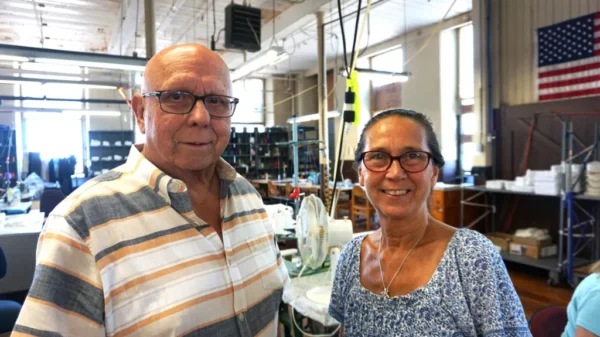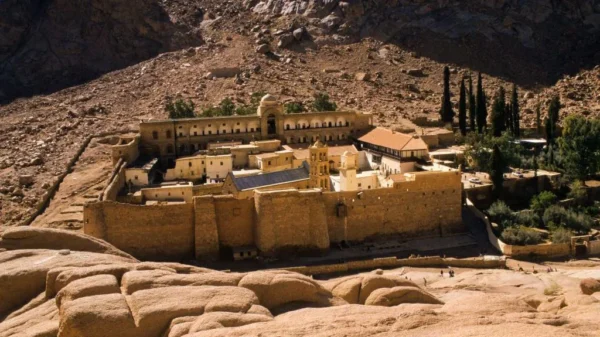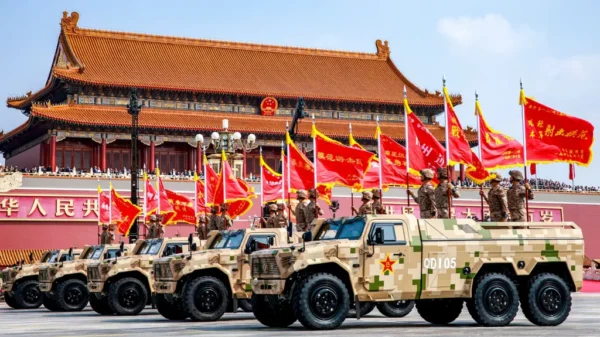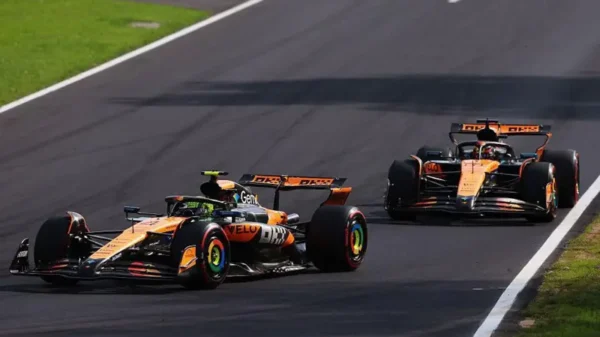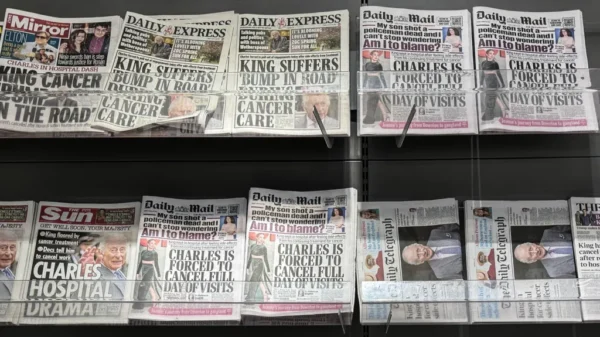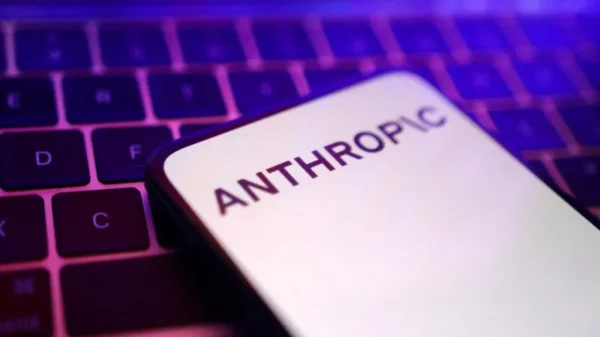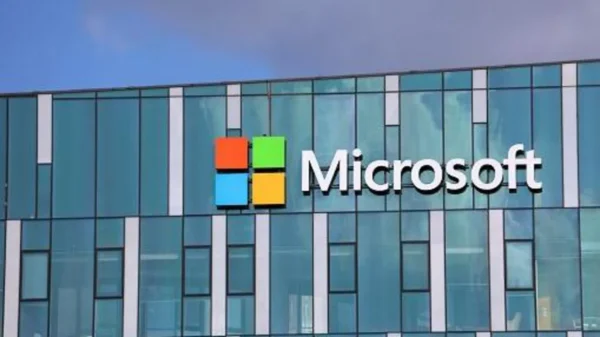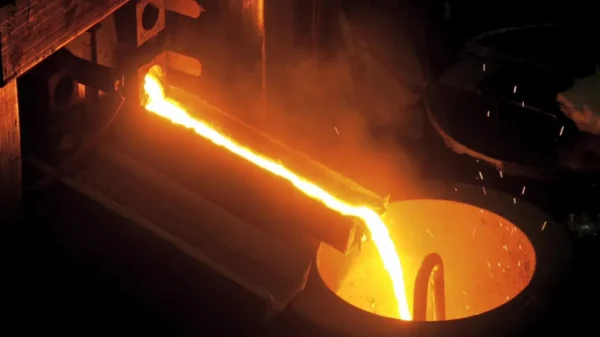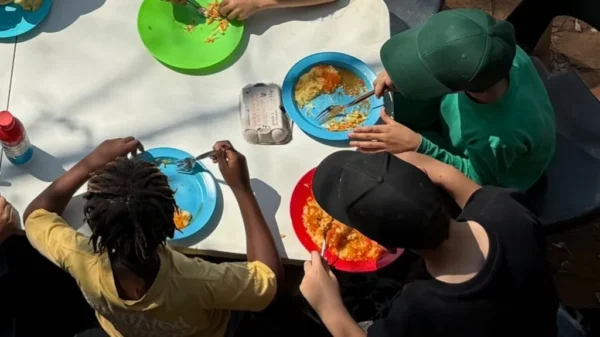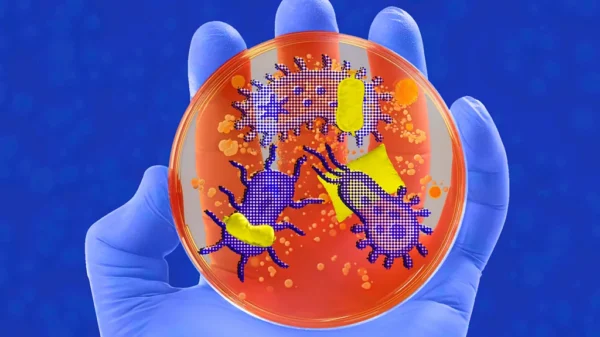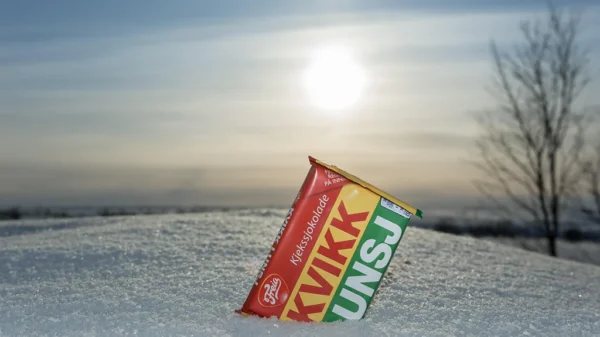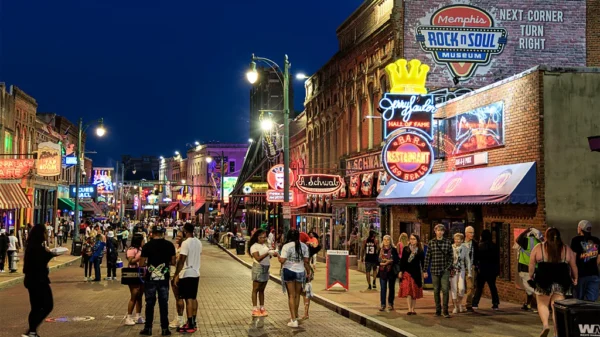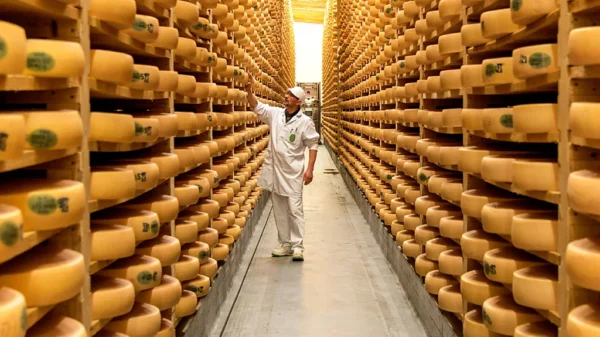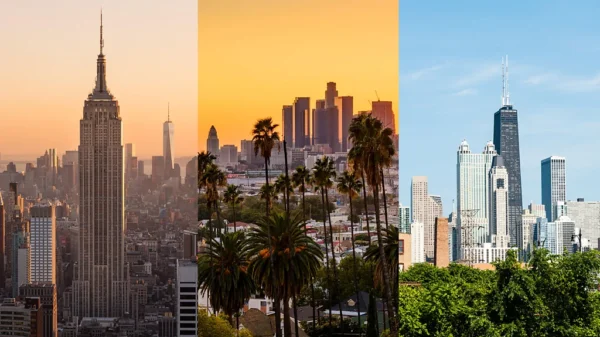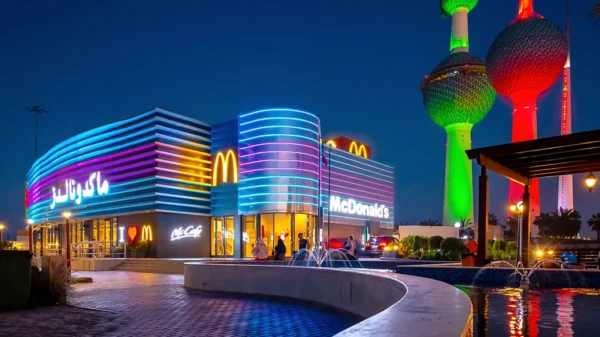From paneer wraps in India to ski-through burgers in Sweden, photojournalist Gary He’s new book McAtlas shows that the world’s most global chain is also one of the most local.
“McDonald’s has a reputation for cultural imperialism, but that’s not 100% true,” declares photojournalist Gary He.
In his new book McAtlas, He challenges assumptions about the global fast-food giant, which operates 42,000 stores in more than 100 countries and serves 65 million people a day. While many believe McDonald’s has homogenised food culture worldwide, He argues the opposite: that the company has thrived by adapting its menu, architecture and brand to local palates and traditions.
“McDonald’s has succeeded because they have brilliantly incorporated local flavours and ingredients – from the McRaclette in Switzerland to egg bulgogi burgers in South Korea and the Halloumi McMuffin in Jordan,” He says. “Without adjusting, without localising, without kow-towing to local tastes and local cultures, you can’t do business on an international level, no matter how big or powerful you are.”
He has been documenting this adaptability for years, starting with casual observations of menu items during his travels. But his real curiosity was sparked by an iftar meal at a McDonald’s in Morocco. Searching online for more information, he learned that the chain kept no archives and decided to investigate on his own (McDonald’s declined to be involved with his project).
Travelling to 55-plus countries, He spoke with employees and franchisees, observed what locals ordered and hauled bags of food to photograph in his hotel rooms – often sharing it with staff to minimise waste.
Canada
Poutine is a 1950s Quebecois invention of fries covered in cheese curds and gravy. After competitor fast food chain Wendy’s attempted to have it named Canada’s national dish through a “poutition” in 2012, McDonald’s put it on menus across the country, even creating an exclusive version: Spicy Buffalo Chicken Poutine. Fun fact: Canada is the only country with its own McDonald’s logo – a maple leaf embedded in the Golden Arches.
 Gary He/McAtlas
Gary He/McAtlas
India
“If there’s an Indian flavour profile or ingredient, they’ve figured out how to turn it into a McDonald’s menu item,” says He. Case in point: the Big Spicy McWrap Paneer, built around a staple protein for India’s many vegetarians. When McDonald’s entered India in 1996, it became the first market where the chain did not serve beef and instead offered a dedicated vegetarian menu. Other India-specific items include the McAloo Tikki, McCurry Pan, Masala Grill Chicken and the Maharaja Mac – a localised replacement for the Big Mac.
 Gary He/McAtlas
Gary He/McAtlasChina
The first McDonald’s in China opened in Nanyang Commercial Plaza, in what was then the Special Economic Zone of Shenzhen. “When they opened it in 1990, this was the sandbox store to see if capitalist businesses could work in China,” says He. “China is now the second-largest market for McDonald’s.”
 Gary He/McAtlas
Gary He/McAtlas
Guatemala
This Happy Meal box-shaped store in Guatemala City pays tribute to the origins of the now-ubiquitous kids’ meal. “Foreign markets were the wild west for franchisees,” says He. “If they wanted to drum up business or try something new, they just did it.” In 1974, the wife of a Guatemala franchisee created Ronald’s Menu: a child-sized meal that came with a small toy. The idea clicked with corporate, and the rest is history. “It’s an example of something that started overseas, not in the US,” says He. “Other cultures have helped shape the McDonald’s mosaic.”

France
In the early 2000s, McDonald’s won over French consumers – many of whom had fiercely resisted the chain’s arrival – by marketing itself as local, healthy and environmentally responsible. In 2012, the company introduced a limited-time menu item celebrating a national icon: the baguette, recognised by Unesco as part of France’s cultural heritage. Filled with two beef patties, Emmental cheese, lettuce and mustard, the McBaguette was a hit. Today, the French embrace McDonald’s so much so that they’ve even given it an affectionate nickname: McDo (pronounced “Mack-Dough”).
 Gary He/McAtlas
Gary He/McAtlas
Czech Republic
In most of Europe, McDonald’s offers local beer on the menu. “Europeans just have a different relationship with alcohol than Americans,” says He.
Spain
During the early 2010s, McDonald’s did a hardcore push of hyper-localised products across Europe, including jamón (cured ham), which is ubiquitous throughout Spain. McDonald’s Spanish jamon sandwich started as McIbérica, a burger with a slice of jamón ibérico, and eventually morphed into this simple roll.
 Gary He/McAtlas
Gary He/McAtlasItaly
The Italians resisted McDonald’s (and Starbucks) for many years, but now there are nearly 700 locations. McDonald’s has become especially adept at acquiring prime real estate in Italy, more so than in any other country, and often opens smack dab in the middle of major landmarks such as the Spanish Steps and the Vatican. One of the most prominent locations is in Milan, directly across from the Duomo.
 Gary He/McAtlas
Gary He/McAtlasPhilippines
McSpaghetti – noodles with sweet marinara sauce and chopped hot dogs – was inspired by the Jolly Spaghetti sold at Jollibee, one of the few chains that challenged McDonald’s in the Philippines. In the mid-1970s, founder Tony Tan Caktiong revamped his existing Jollibee restaurants to compete before McDonald’s entered the country, introducing a cartoon mascot, the Yumburger, and fries. Today, while McDonald’s is popular in the Philippines, Jollibee remains the market leader, with nearly twice as many locations.
 Gary He/McAtlas
Gary He/McAtlas
New Zealand
In Taupō, New Zealand, you can eat your burgers and fries on a decommissioned Douglas DC-3, a feature of the car dealership that used to sit on the lot. Signs beneath the airplane and on the door declare this “The World’s Coolest McDonald’s”. “I agree it could be,” says He. “Where else can you eat McDonald’s on an airplane?”
 Gary He/McAtlas
Gary He/McAtlas
Israel
Right at the foot of the Dead Sea lies the lowest elevation McDonald’s in the world. The fast-food giant has 68 kosher restaurants in Israel, so you won’t find cheeseburgers and Big Macs here – but they do offer a much larger burger made with prime rib called the Entrecote Burger.
 Gary He/McAtlas
Gary He/McAtlas
Saudi Arabia
The McArabia Chicken features two grilled chicken patties, tomatoes, lettuce, onions and garlic sauce inside Arabic flatbread. It resembles shawarma, but as a McDonald’s spokesperson once said, “We will never be a shawarma place. We meet the Arabic tastes, but in the McDonald’s way.”
 Gary He/McAtlas
Gary He/McAtlas
Sweden
McSki opened in 1996 in the village of Sälen in western Sweden and is the sole seasonal McDonald’s, only open in the winter. While there are plenty of seats for both indoor and outdoor dining (as well as ski racks), this location also has a ski-through window… the only one that exists in the world.
 Gary He/McAtlas
Gary He/McAtlas
Thailand
The savoury rice porridge known as congee is a breakfast staple throughout Thailand, typically served with shredded chicken. For their own spin, this McDonald’s uses chopped fried chicken instead. Congee variations also appear in China, Malaysia and Indonesia.
 Gary He/McAtlas
Gary He/McAtlas
United States
The Filet-O-Fish stands out because it was the first truly localised menu item, launched in 1965 in Cincinnati, Ohio, for Catholics who didn’t eat beef on Fridays. Now it’s sold in most countries around the world, proof that any local item can go global. “You can already see other items, like macarons from France (now available in Qatar, Japan, Morocco, Poland, United Arab Emirates and Denmark) matriculating through the global system,” says He. “Because that’s kind of how food is evolving. Few other companies have the power to act as a conduit of cultural exchange.”
Source: BBC



